Click here and press the right key for the next slide (or swipe left)
also ...
Press the left key to go backwards (or swipe right)
Press n to toggle whether notes are shown (or add '?notes' to the url before the #)
Press m or double tap to slide thumbnails (menu)
Press ? at any time to show the keyboard shortcuts
Segmentation and the Principles of Object Perception
first requirement: segmentation

using featural information
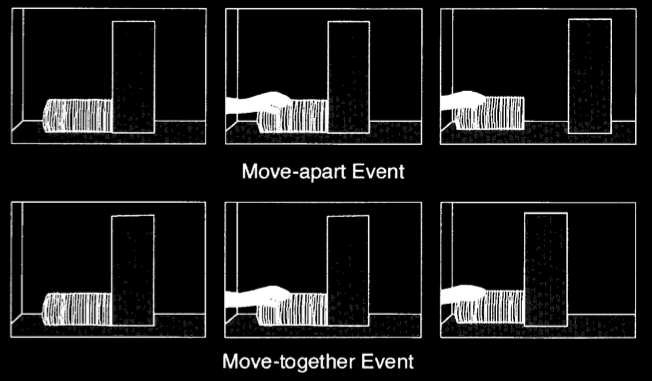
Needham (1998)
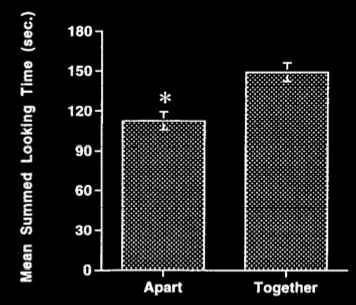
Needham (1998, figure 4)
method
violation-of-expectations
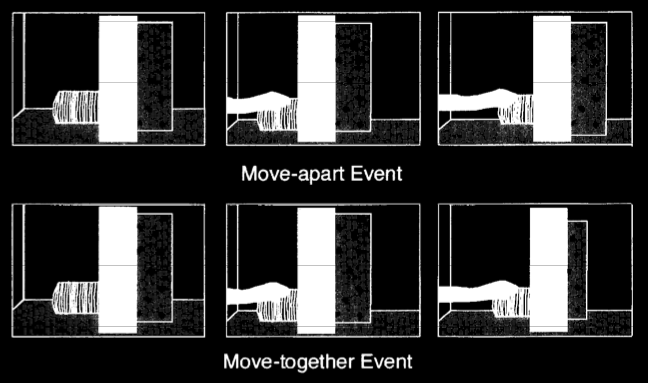
Needham (1998, figure 6)
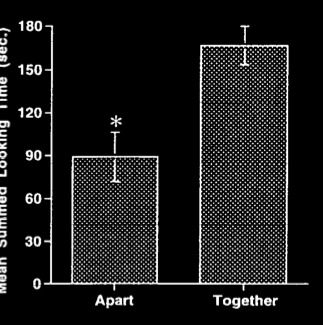
Needham (1998, figure 7)
Could it all be features?
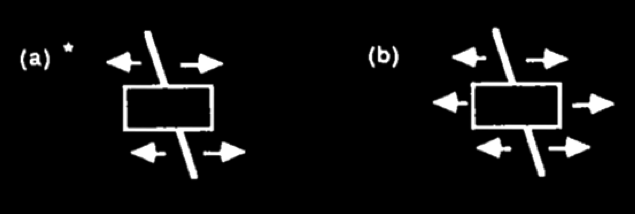
Spelke (1990, figure 2)
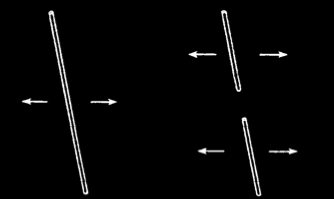
Kellman & Spelke (1983, figure 3)
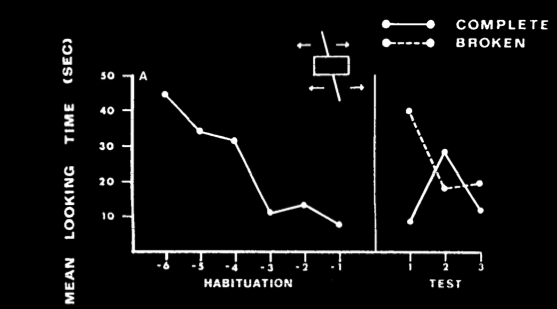
Kellman & Spelke (1983, figure 4)
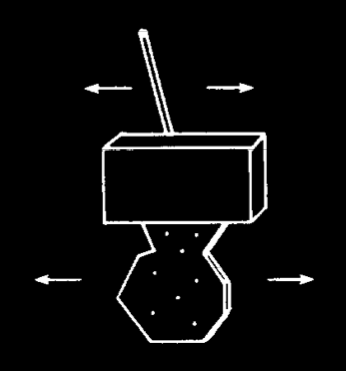
Kellman & Spelke (1983, figure 13)
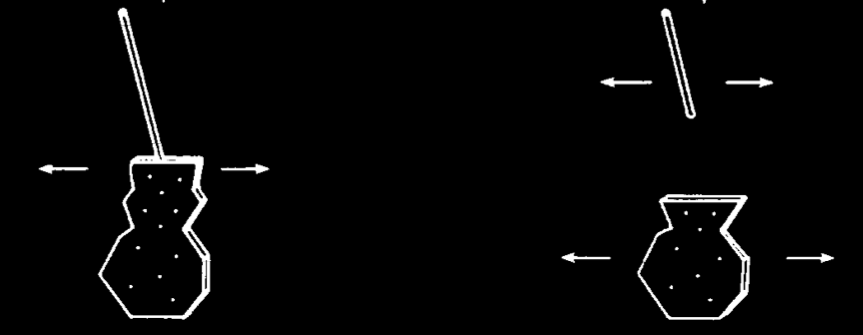
Kellman & Spelke (1983, figure 13)
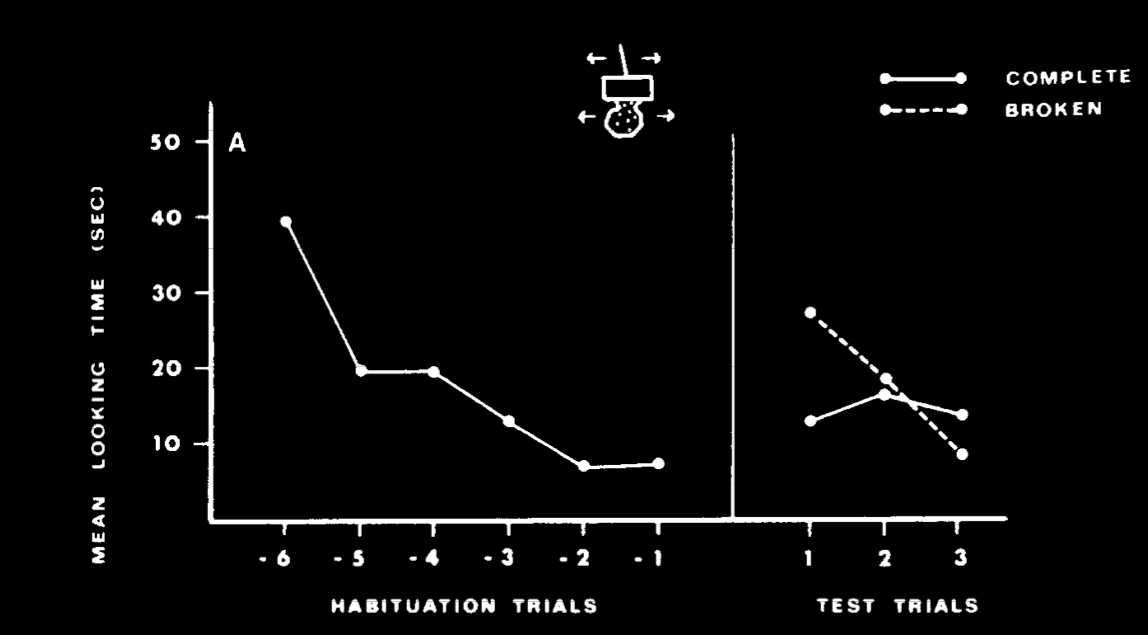
Kellman & Spelke (1983, figure 14)
If not by features, then how? Principles!\citet{Spelke:1990jn} suggests that infants rely on a set of principles to segment objects. But what are the principles?

Kellman & Spelke (1983, figure 13)
rigidity—‘objects are interpreted as moving rigidly if such an interpretation exists’
cohesion—‘two surface points lie on the same object only if the points are linked by a path of connected surface points’
(Spelke 1990)
cohesion:
‘two surface points lie on the same object only if the points are linked by a path of connected surface points’
(Spelke 1990)
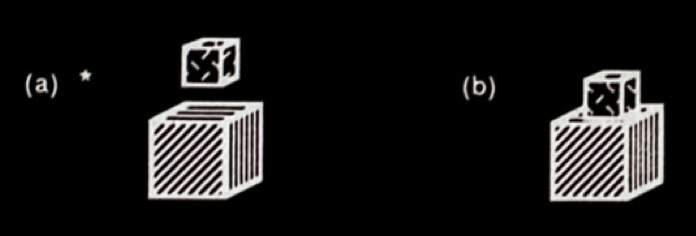

Spelke (1990, figure 4)
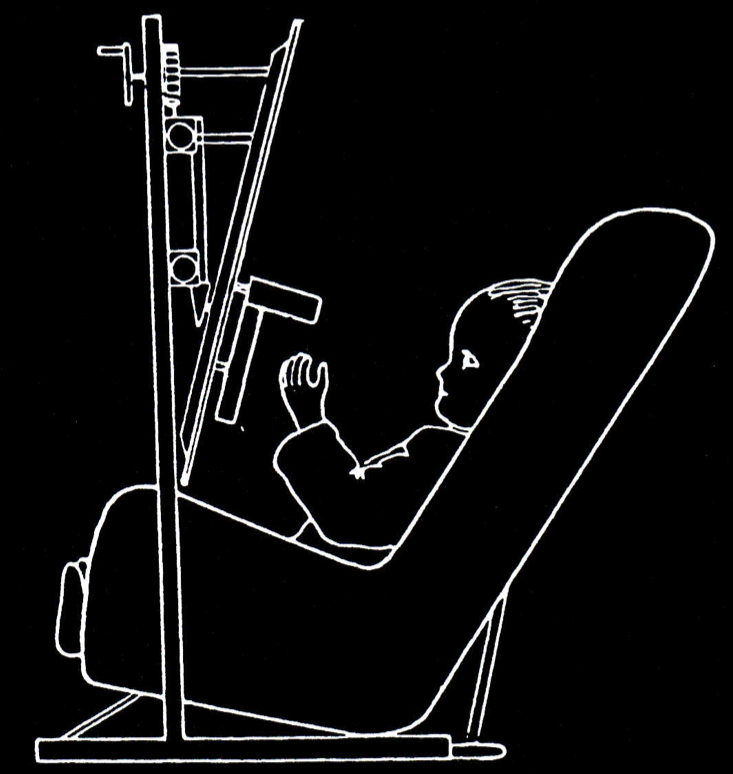
Spelke et al 1989 figure 1.

Spelke et al 1989 table 2.
Principles of Object Perception
- cohesion—‘two surface points lie on the same object only if the points are linked by a path of
connected surface points’
- boundedness—‘two surface points lie on distinct objects only if no path of connected surface points
links them’
- rigidity—‘objects are interpreted as moving rigidly if such an interpretation exists’
- no action at a distance—‘separated objects are interpreted as moving independently of one another if such an
interpretation exists’
(Spelke 1990)
Three Questions
1. How do four-month-old infants model physical objects?
2. What is the relation between the model and the infants?
3. What is the relation between the model and the things modelled (physical objects)?
Marr & Chomsky
‘... the vocabulary in which Chomsky frames linguistic issues is explicitly epistemological. Thus, the grammar of a language specifies what its speaker/hearers have to know ... and the goal of the child’s language acquisition process is to construct a theory of the language that correctly expresses this grammatical knowledge.’
Fodor 2000, p. 11
the simple view
‘objects are conceived: Humans come to know about an object’s unity, boundaries, and persistence in ways like those by which we come to know about its material composition or its market value’
Spelke (1988, p. 198)